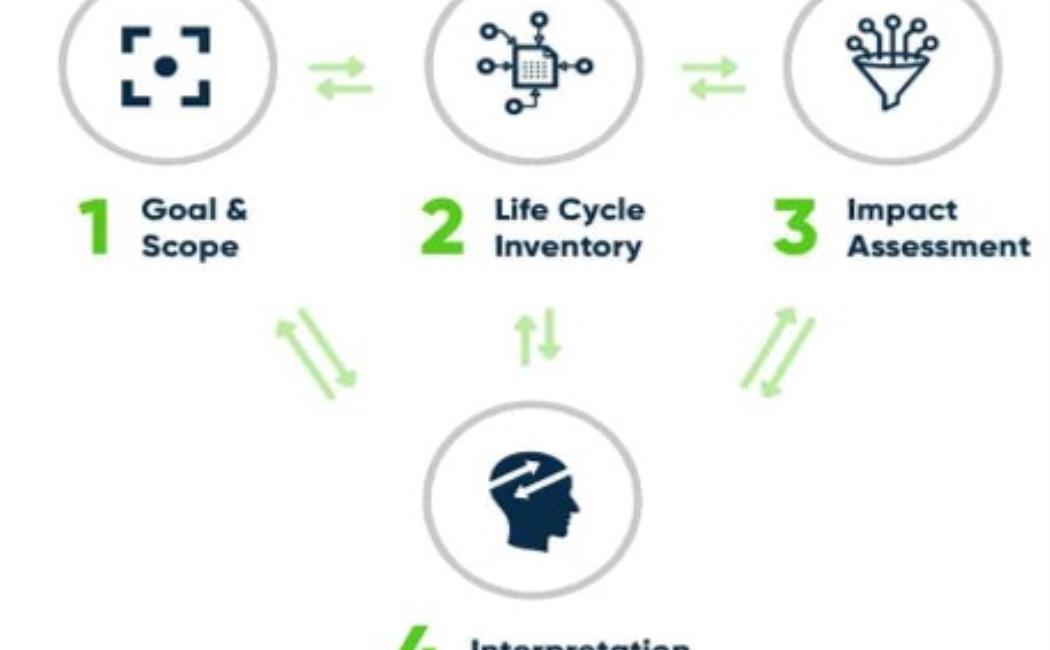
Ms. Chengcheng Zhao, Dr. Leiliang Zheng, Prof. S. Mani Sarathy
Introduction:
With the growing concern about global warming, the decarbonisation of the transportation sector, which accounts for about 37% of global CO2 emissions, is an urgent challenge. Hydrogen proton-exchange membrane (PEM) fuel cell vehicles (FCVs) could be a promising solution, especially in the transportation sector. There are three primary forms of hydrogen to power the PEM fuel cell vehicle: "grey", "blue", and "green", produced from steam methane reforming (SMR), SMR with carbon capture and storage (CCS), and water electrolysis powered by zero or low carbon energy sources, respectively. Due to their cost-competitiveness and technological availability compared to green hydrogen, grey and blue hydrogen sources are considered to be more accessible and feasible for PEM fuel cell vehicle development in Saudi Arabia in the near future.
Objective:
This study aims to assess the life-cycle emissions using grey and blue hydrogen for PEM FCV in Saudi Arabia. The case study is focused on heavy-duty transportation as the bus operation in the Makkah region and will explore the global warming potential (GWP), abiotic depletion potential (ADP), and acidification potential (AP). The results will be compared to the life-cycle emissions of diesel engines and electric vehicles used in the same manner. The emissions and energy use of fuel infrastructure for 3 types of bus, ICEV, PEM FCV, and BEV as well as the emissions and energy use of hydrogen transportation from eastern Saudi Arabia to Makkah will also be determined.
Methodology:
The ‘cradle-to-grave’ system assessment of the environmental impacts and GHG emissions will be implemented according to the Life Cycle Analysis (LCA) methodology of the International Standards Organization (ISO 14040 and 14044).
In this study, the model based on the Greenhouse Gases, Regulated Emissions and Energy Use in Technologies (GREET), Model 1 will then be used to quantify the energy use and emissions from feedstock extraction, feedstock production, feedstock transport, feedstock refining, fuel distribution, and fuel use by the vehicle. The energy use and emissions required for extraction of raw materials, material production, material transport, assembly of the vehicle, vehicle distribution, vehicle operation, and vehicle disposal and recycling will be calculated by GREET 2. However, most vehicles in KSA are assembled overseas and delivered to KSA; additional consideration will be provided in our approach to consider the air emissions and energy use at the vehicle distribution stage.
All datasets used for the Life Cycle Inventory (LCI) compilation phase give priority to data provided by FLEET members, including Aramco, Hyundai, Toyota, and SAPTCO. When these datasets are not available, other secondary data sources will be used including the GREET dataset, when applicable. In case, the data input and calculation method of GREET is found to be unsuitable for KSA during the operation, further modifications will also be carried out to adapt to the project’s requirements. The KSA-specific data will be researched and adopted in all necessary input areas.
Expected Outcome and Results:
Total system emissions are mainly composed of those from the vehicle production, fuel production, and vehicle usage phases. ICEV, PEM FCV, and BEV systems are different in how their emissions are distributed in these three stages. Based on previous similar research, we expect PEM FCVs using both grey and blue hydrogen and BEVs to deliver lower life-cycle emissions compared to ICEVs. The comparison between BEVs and PEM FCVs is difficult to predict now but will be thoroughly explored in this project. The final result could be highly dependent on KSA-specific data input and assumptions made under KSA’s scenarios.
Regarding the two comparative systems, the ICEV’s emissions mainly come from the usage stage, and it could be the least sensitive to the area-specific variation. According to previous research, for BEVs, the vehicle production phase contributes more emissions. We expect this to be the same for our results since, it is most likely that BEVs are made in a foreign country and imported to KSA. However, the BEV system’s usage phase emissions are highly dependent on the grid emissions. This will be one of the key areas where, the KSA-specific data can play a role, particularly when we consider the movement of power generation systems from oil to natural gas and renewables in the future.
In the case of hydrogen PEM FCVs, emissions from upstream fuel production and delivery (or well-to-pump) are expected to be the most critical in the study since the emissions in the usage phase are practically zero. By considering the fact that blue hydrogen has its production emissions captured, it is expected to deliver lower total emissions relative to grey hydrogen. However, the efficiency and energy use of carbon capture and storage systems can also bring uncertainty to a significant level.
